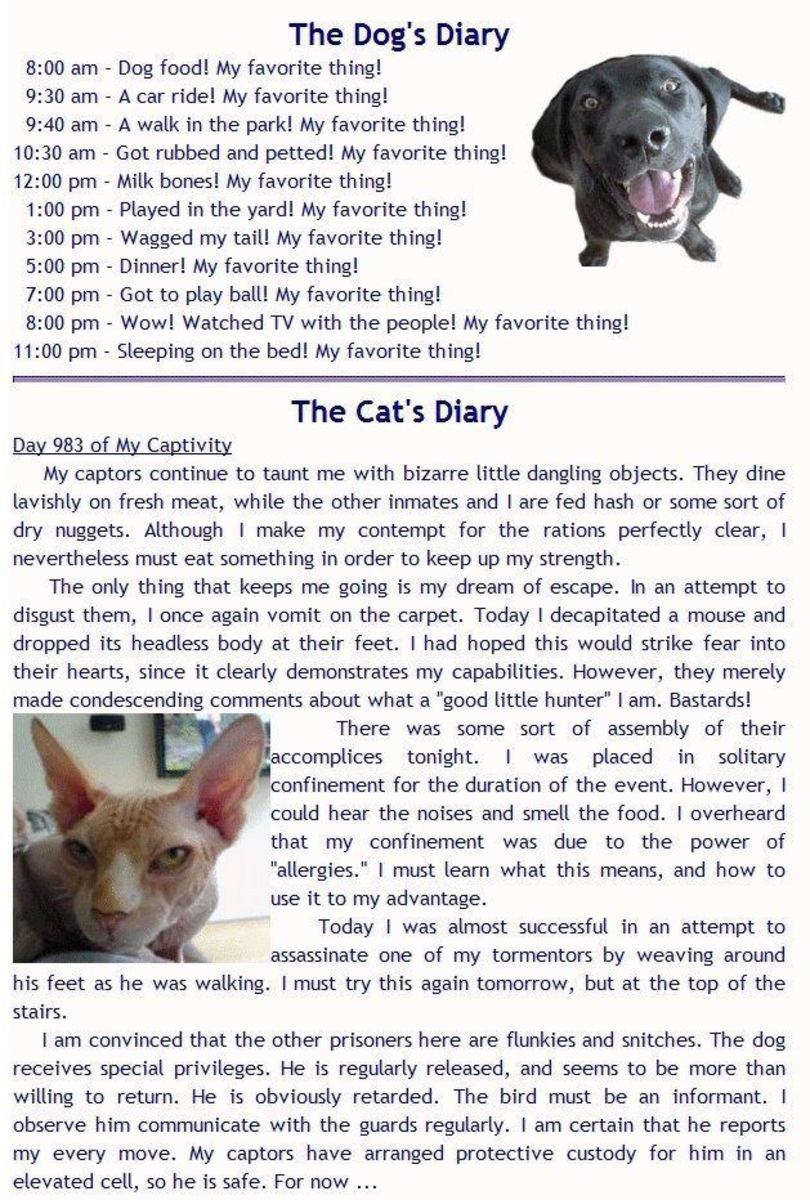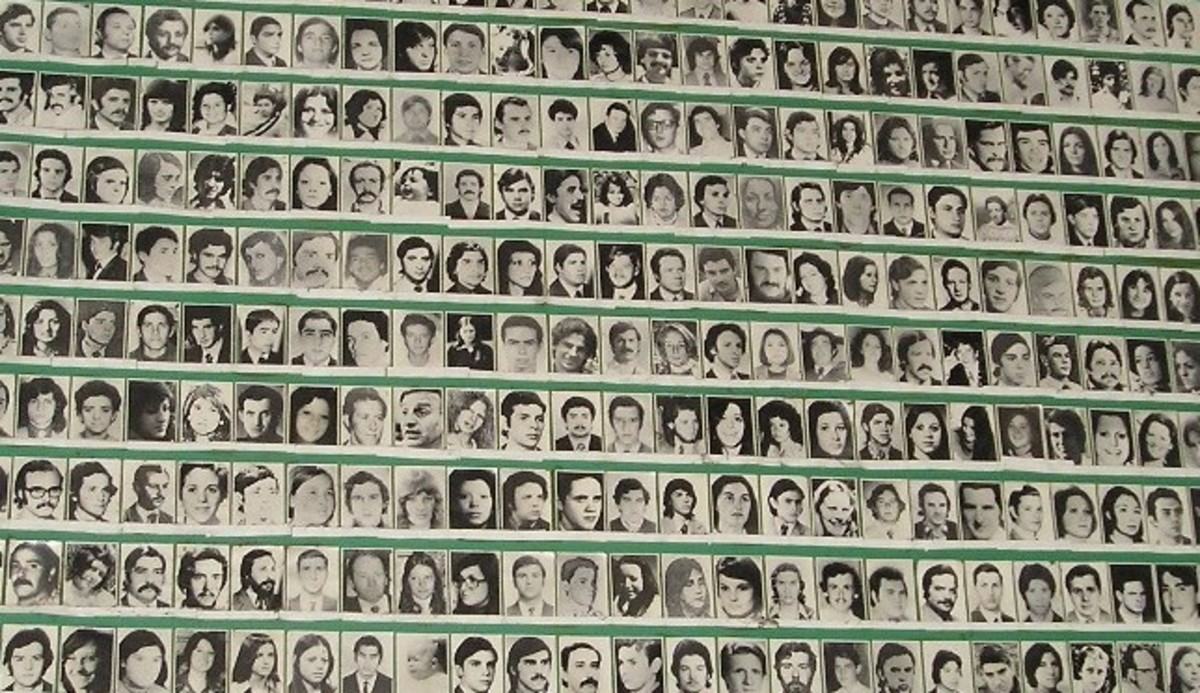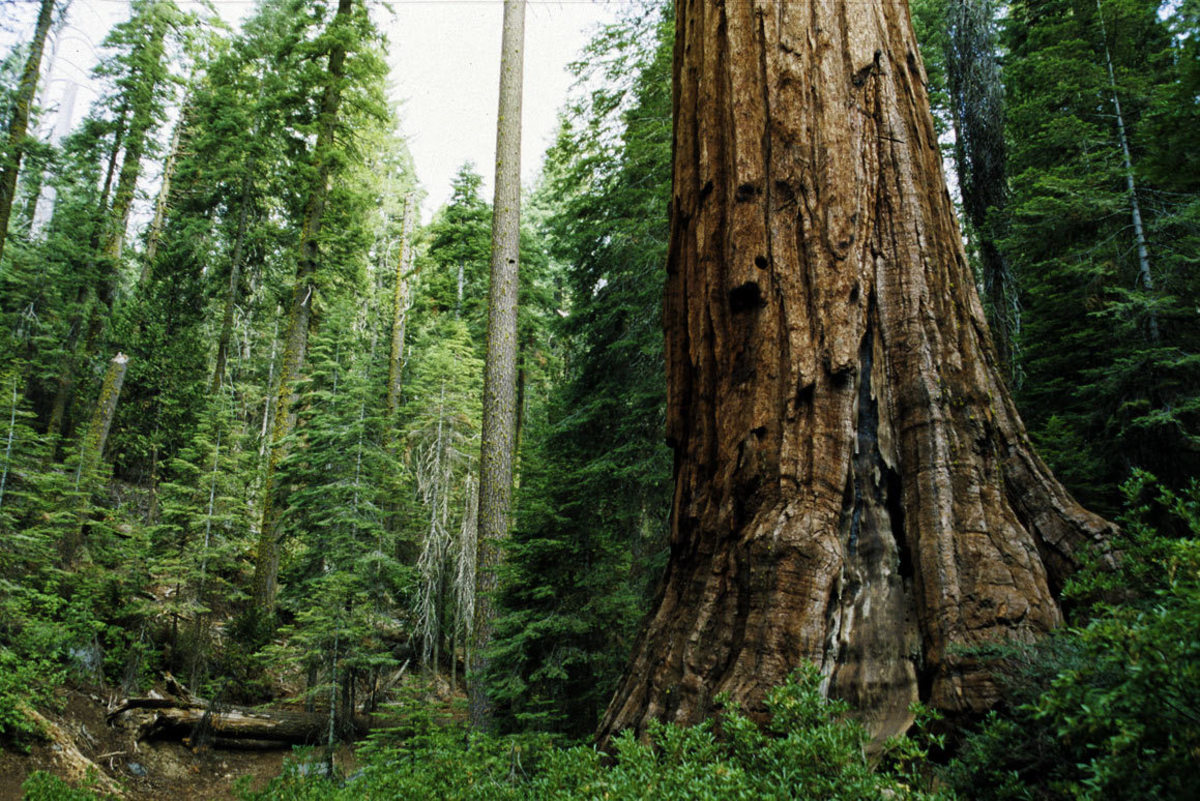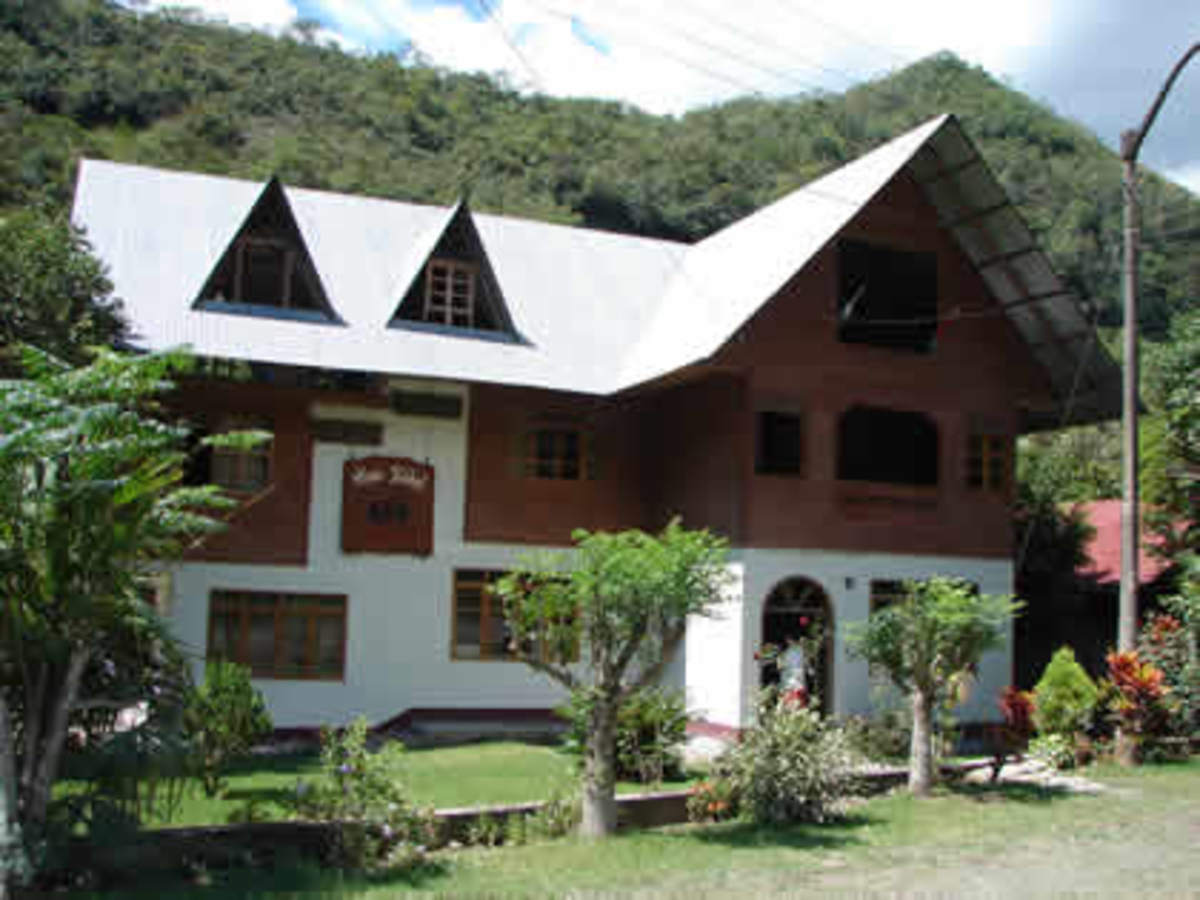Understand The Colombia Drug War History Timeline and Internal Conflict
The Colombian Armed Conflict
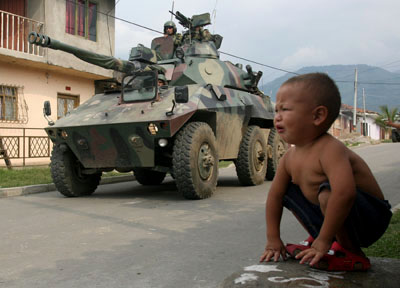
Quick Intro To The Never Ending Colombian Civil War
Colombia has been involved in a 60-year-old internal conflict that can be traced back to the country´s first civil war… or should I say wars, since they are divided into 9 different civil wars between the 1800´s and 1900´s (although you can consider the actual conflict an offspring of that civil war, and thus, its continuation). The timeline explained here begins where the modern conflict is thought to begin. But I consider the conflict has its roots even before the first Civil wars, the conflict in my opinion began when the first conquistadors banished the native pre-columbines from the land, and then fought each other for it.
I consider the Colombian Civil War very similar to the Conflict in Israel. Instead of rooted religious claims and settlement disputes, the Colombian conflict is rooted in simple political differences that evolved into a mess of conflict of interests between American capitalism, communism and a prosperous narcotic industry. In the end it is just a story about revenge, power and greed.
Like movies best? Here are my top 5 movies to watch about the conflict
- 5 Best Colombian Movies About Druglords and War
5 top best Colombian movies that depict the social consequences surrounding the internal armed conflict and drug trafficking.
Answer this
Which side do you support?
5 Historical Guidelines To Understand The Colombian Conflict
1. Conquistadors fighting pre-columbine natives (or what we call Indians) for their land and riches
2. Colombian settlers fighting the Spanish Crown for independence
3. Colombian newly formed Conservative Granadine Confederation fighting the rebel liberal factions in a Civil War for control over the country.
4. The conservative and liberal parties engage in a populist bloodshed to reign supreme over the other
5. The extreme liberal factions become communist during the Cold War and begin a guerrilla warfare with the government of Colombia
Conservative Asassin or "Bird"
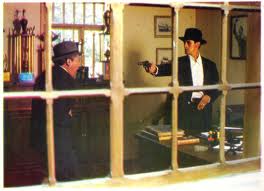
Mob of Liberals
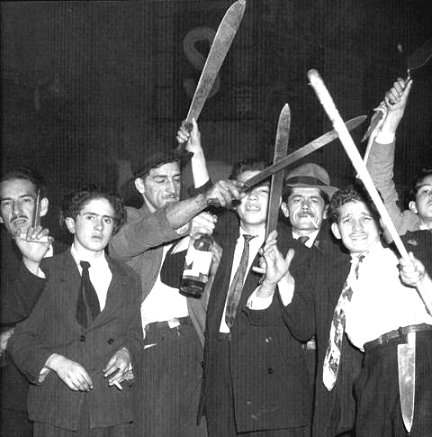
Nobel Prize Winner Novel Depicting The Colombian Conflict "One Hundred Years Of Solitude"

Conservatives vs. Liberals Explained
To better understand the Colombian armed conflict it is precise to explain the political factions involved.
Conservatives: Political Party very similar to the Republicans in the U.S. Actually, in their beginnings as the ruling power they divided Colombia into federal states, very much like the U.S. is divided today.
- Right, center-right
- Ruled by rich elites
- Associated with Nationalism and Patriotism
- Maintain things as they are. Change is a threat to stability.
- Catholic and family beliefs and traditions
- Capitalists (Pro-Americans)
- Protectionists during the early economy days (Now they play chow with the U.S.)
- The use of force is necessary to keep anti-Christian and communist ideologies away. As Catholics they thought God would justify violence against the enemies of the church.
- Were very violent against the liberals in the beginning of the 20th century. They viewed Liberals as a contagious disease that menaced the Christian ways.
- Extreme Conservatives initiated a social cleansing of the Liberal Party, even killing pregnant women of liberal followers as to eradicate future Liberals. They used to wear black suits with hats and were illegal gunmen called “Pajaros” or “Birds”, named like this because they did their work fast; “shoot and run”. These were the first Colombian paramilitaries, and the ones that provoked the arming of the first extreme liberal factions.
Liberals: Political Party very similar to the Democrats in the U.S
- Left, center-left
- Ruled by populist leaders and followed by peasants and the working class
- Critics of the Catholic Church. Many where atheists and promoted secularism
- Looked for equality between the social classes, especially the poor.
- Always are looking to change the traditional ways
- Prone of an open economy market
- Extreme Liberals conformed bands of armed men, lead by peasants and public university students that fought the establishment for change. Most were driven by revenge after conservative “Birds” killed family members or threaten their lives. They viewed the rich, no matter if they where women or children, as evil that needed to be destroyed.This were the first guerrilla groups.
1928 - The United Fruit Massacre
Known in Colombia as the “Massacre of the Banana Plantations” happened when workers of the American multinational the United Fruit Company initiated a protest against low wages and terrible working conditions in the Pacific jungles of the country (most workers where afro-Colombians who received a discriminating treatment). The protest gained such popular support (1,000 protestors) that the central government sent a military unit of around 300 to control them. In the central plaza of the town the 300 soldiers surround the protestors and shoots them to death. Around 300 were killed between men, women and children. Very few escaped running to the jungle to tell the story.
Note: Gabriel García Marquez, a Colombia writer who won the Nobel Prize for his novel “100 Years of Loneliness”, narrates the massacre in his novel along with other key events in the history of the nation. Although a novel, its one of the best reads to understand the internal conflict in the country.
The United Fruit Massacre - Painting
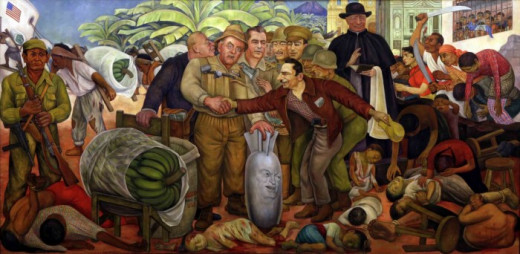
Jorge Eliecer Gaitan
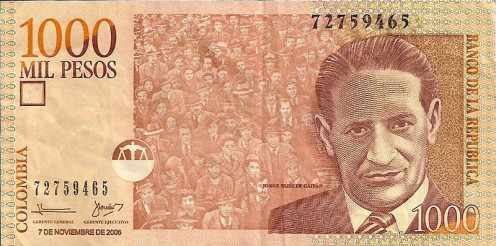
Oficial Presidential Campaign Poster of Gaitan
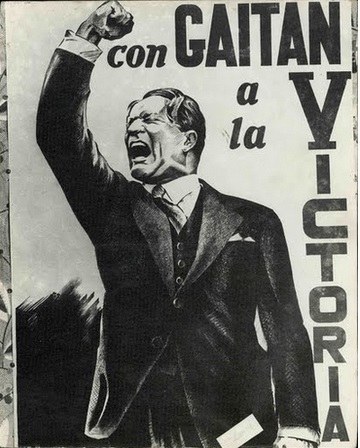
Burning Traincart During Bogotazo Riots
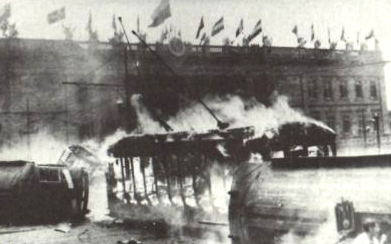
1948 - "The Bogotazo” Riots, The Capital In Flames
Jorge Eliécer Gaitar was a political leader of socialist ideology, very well educated in politics in colleges from Colombia and Rome were he graduated with honors.
He had led an investigation in relation to the United Fruit Massacre back in 1929 in congress where he put on trial the military leaders involved.
His political career was ascending as Minister of Education in 1940 with programs like:
- Free shoes for students (I guess shoes were expensive at the time. Peasants used sandals or barefeet in the countryside).
- Restaurants with free food for students
- An itinerant (moving) educational cinema
- Massive cultural education
- Began the National Hall for Artists
In 1948, Gaitan intends to become president of Colombia targeting in his political speech the ruling classes of the country, something that signed his terrible fate.
His populist movement was a threat to the conservative ruling party and North America who were in the beginning of the Cold War.
"They Murdered Gaitan!"
After leaving from a meeting in Bogota, Gaitan is murdered by a man waiting at the entrance of the building.
An angry mob gathers near official buildings were military tanks shoot them, killing more than 300 people.
One month of violence begins in the city were many governmental buildings are burned and more than 3,000 people died.
From this point on liberal factions group and arm themselves in order to seek political power by force against the ruling government. This is the beginning of the revolutionary guerrilla armies and the initial date of the “Violencia” epoch.
Curious Note: Gaitan was murdered just before a meeting with young Fidel Castro.


